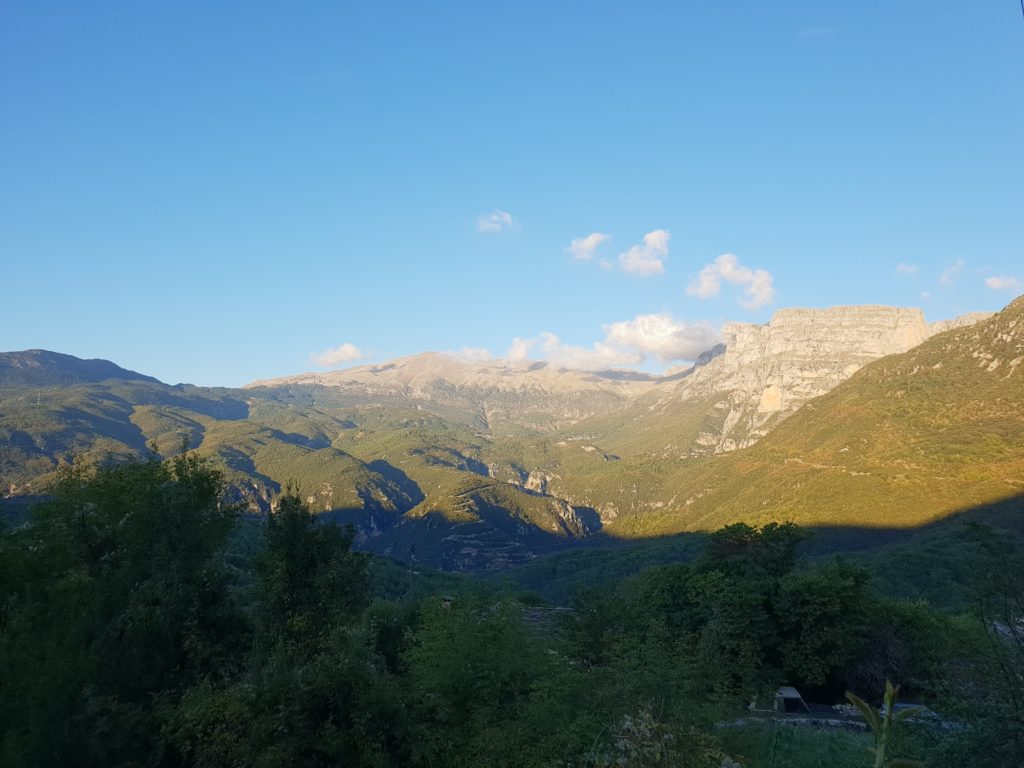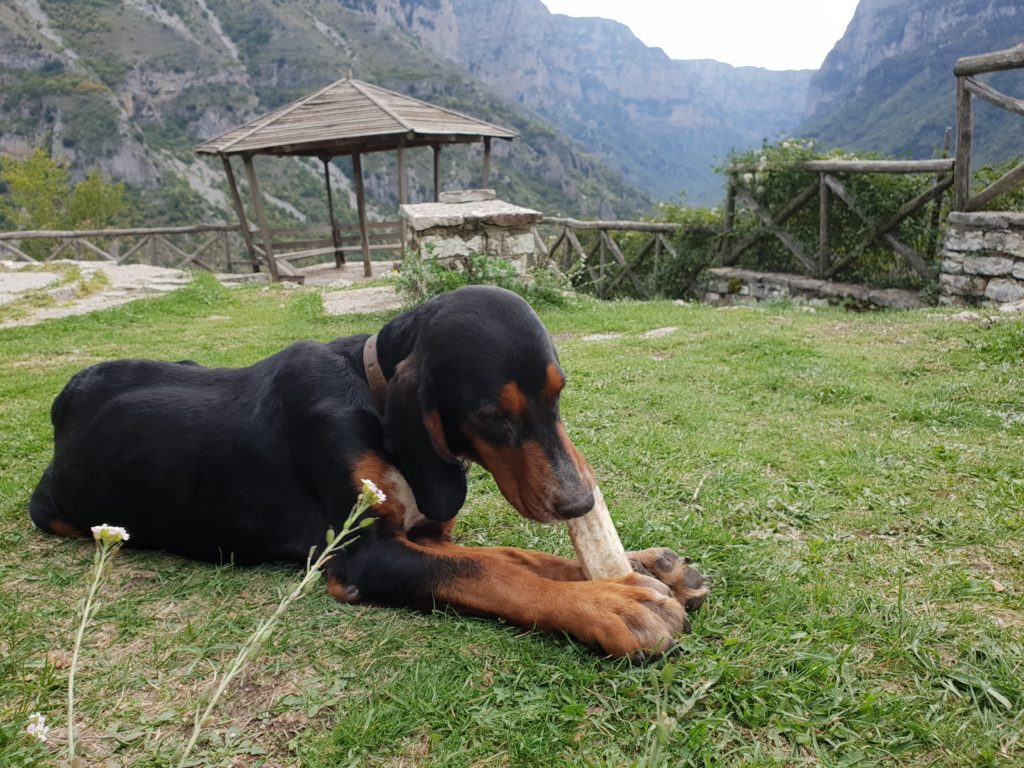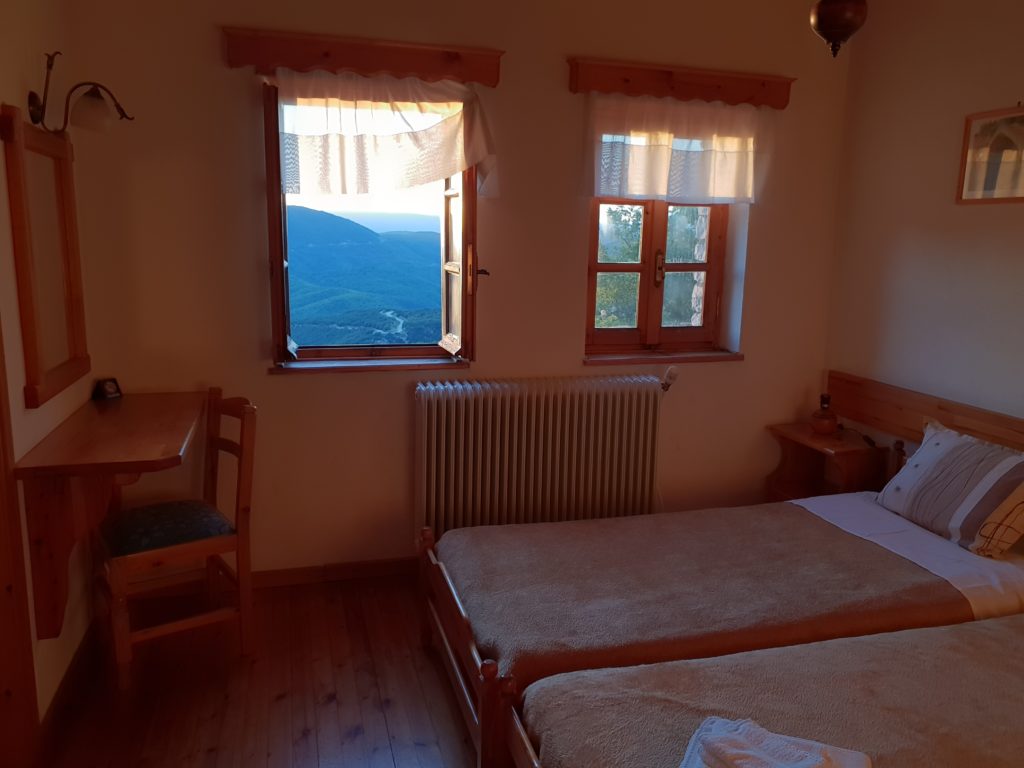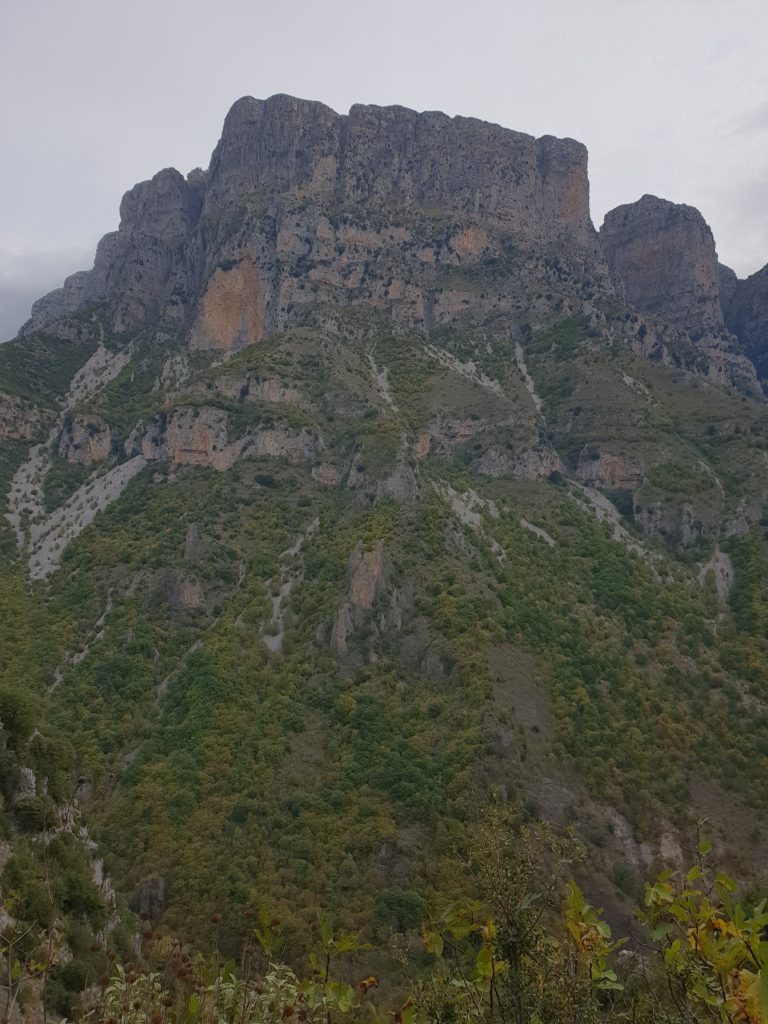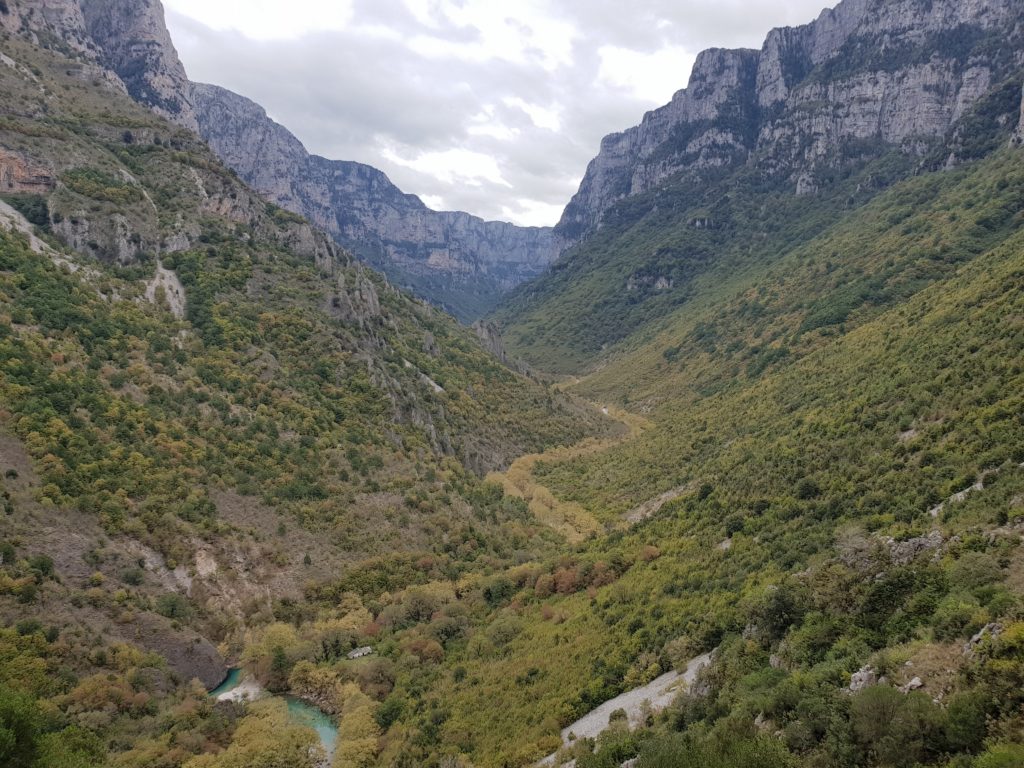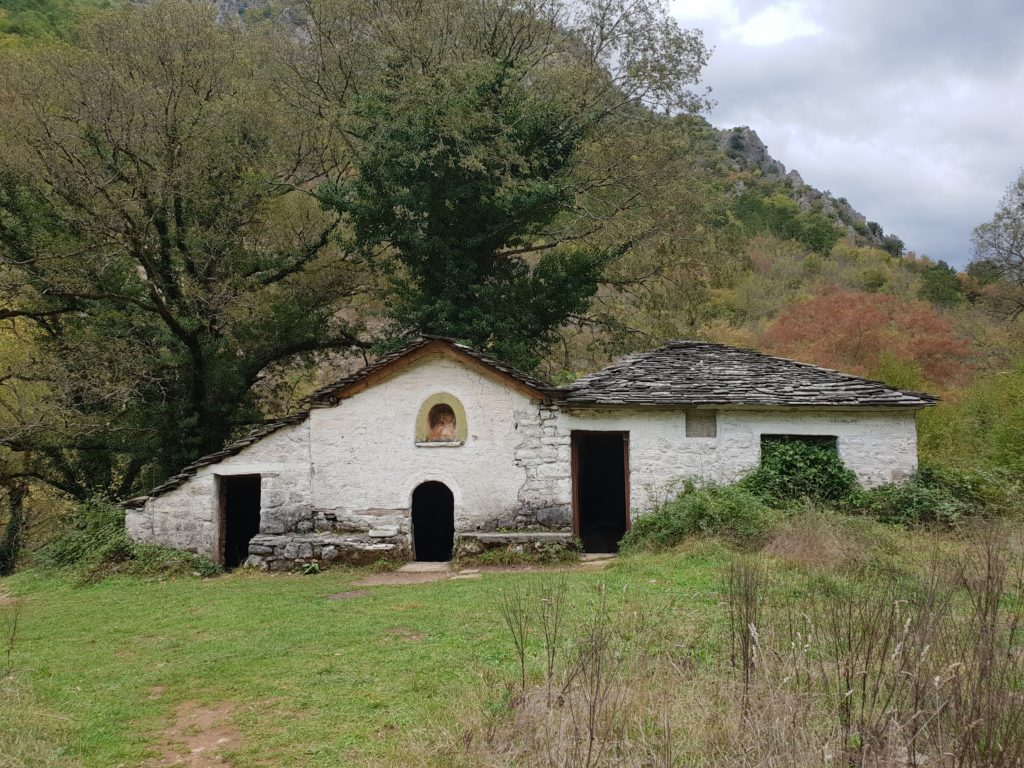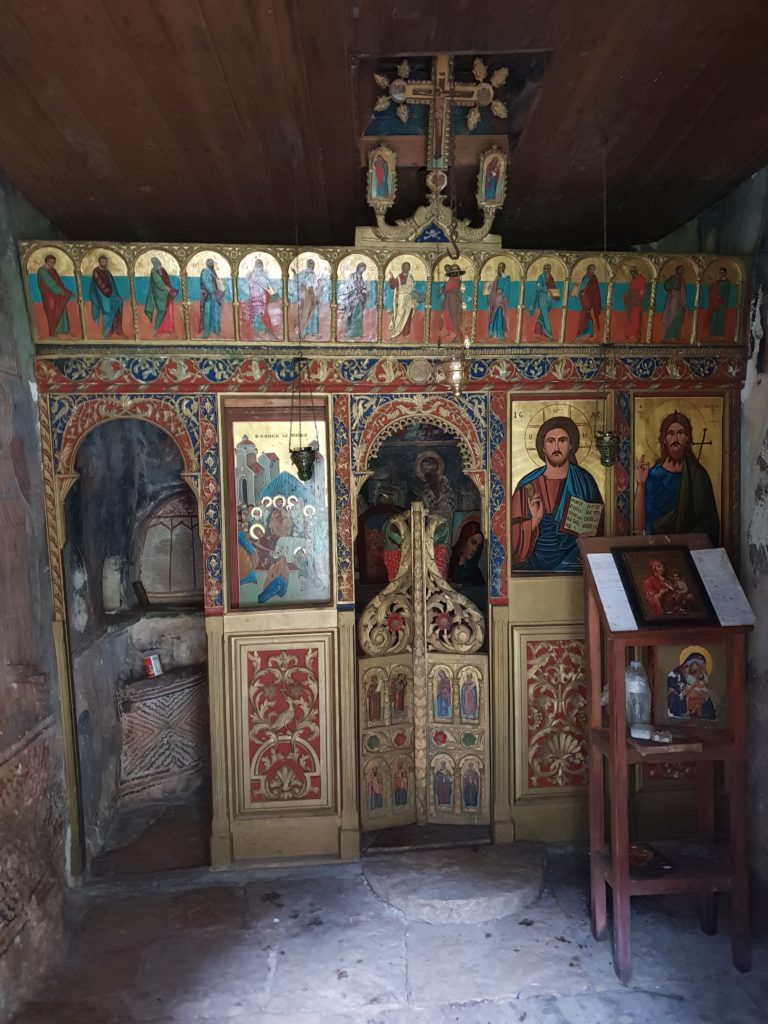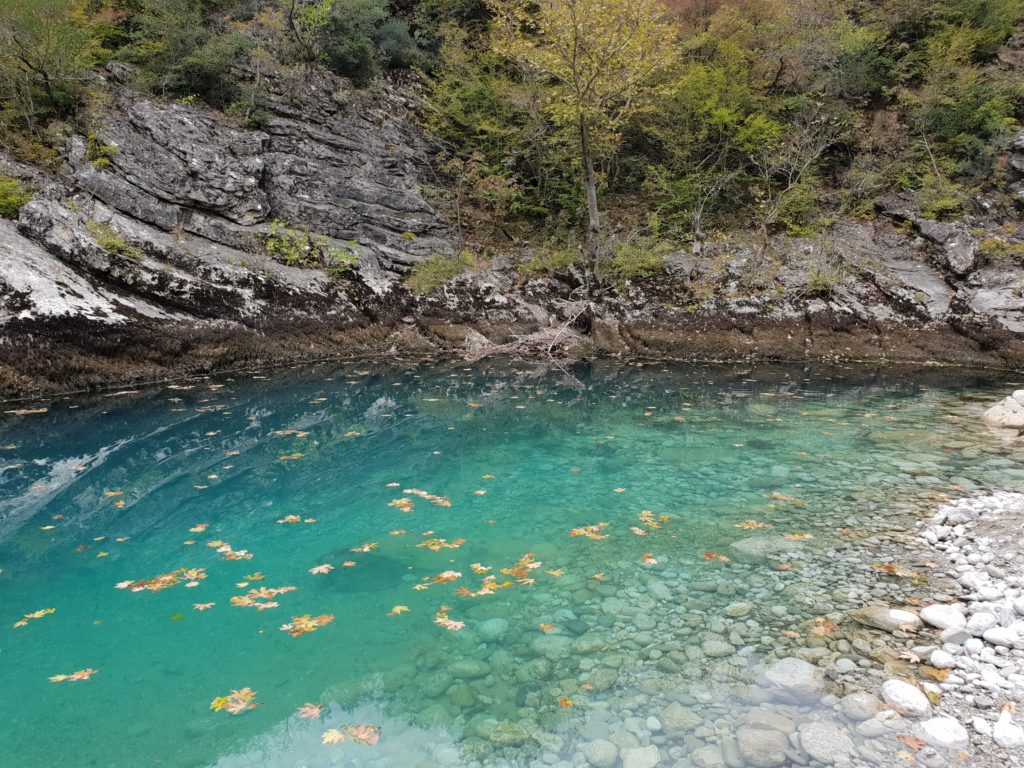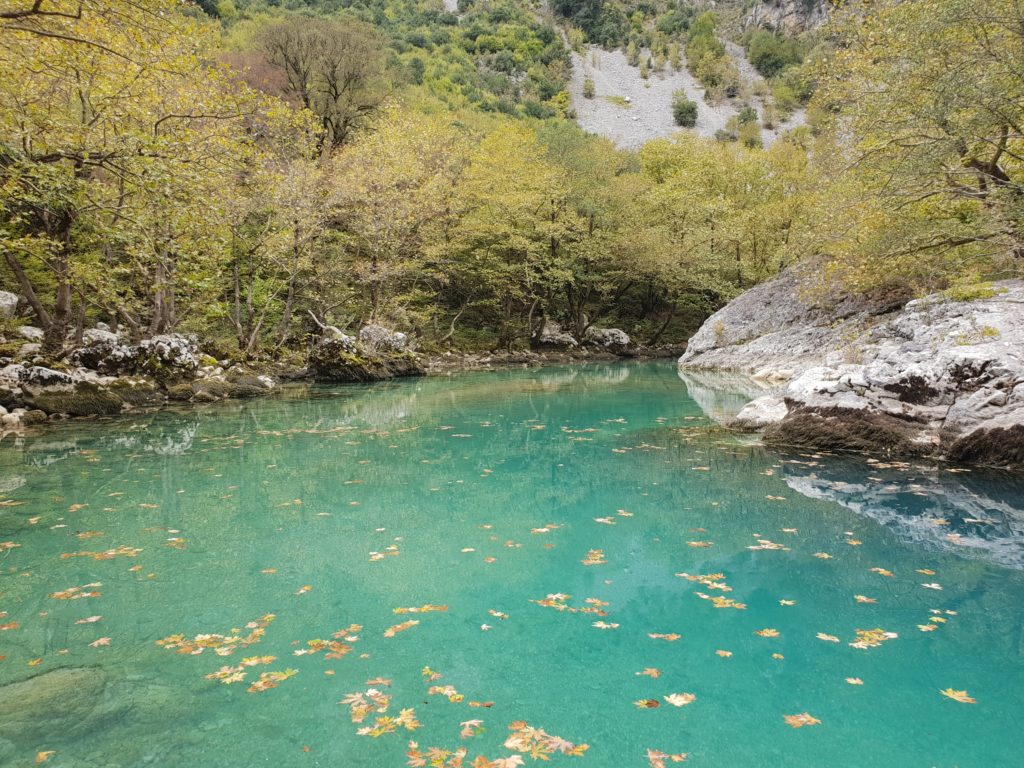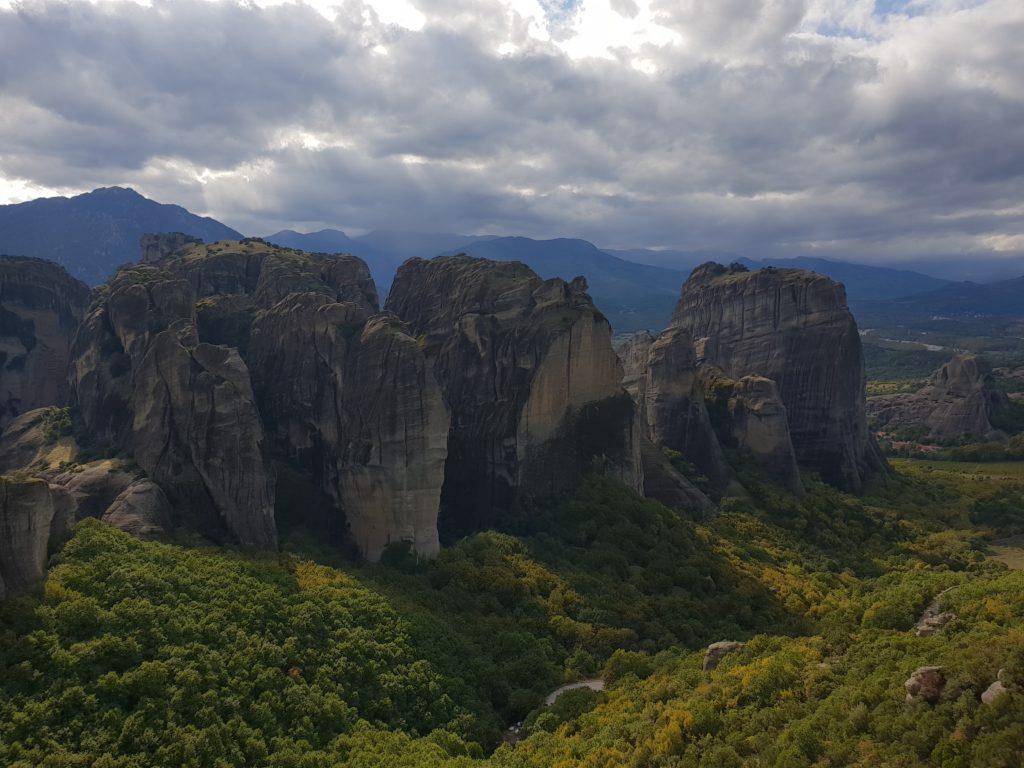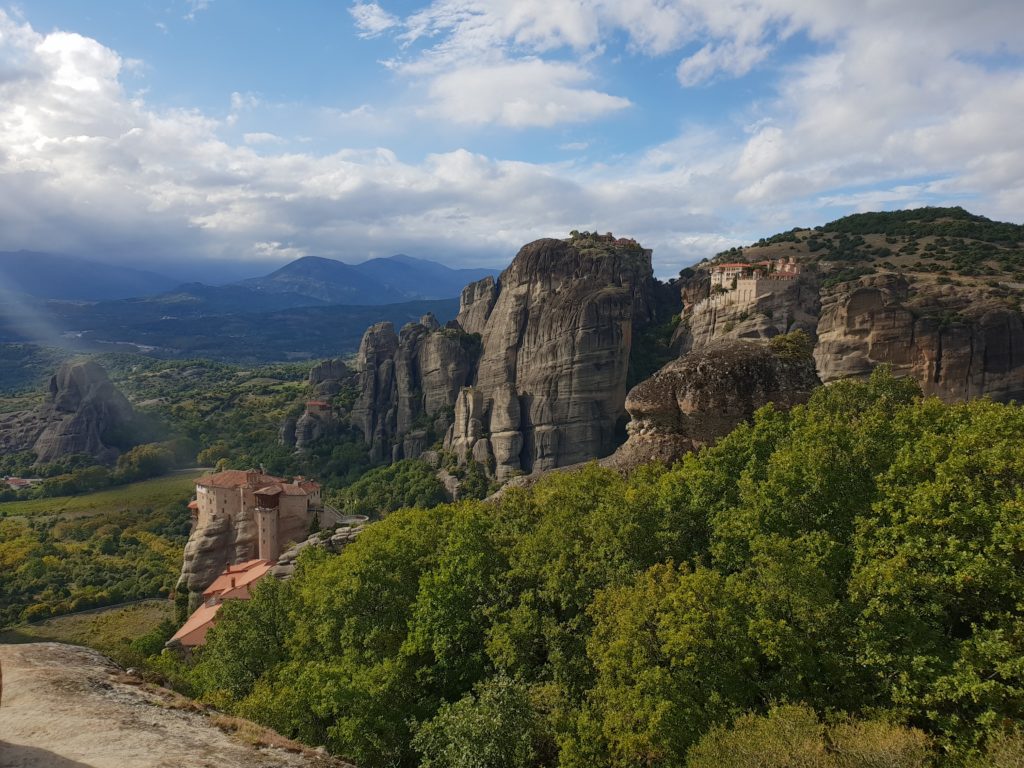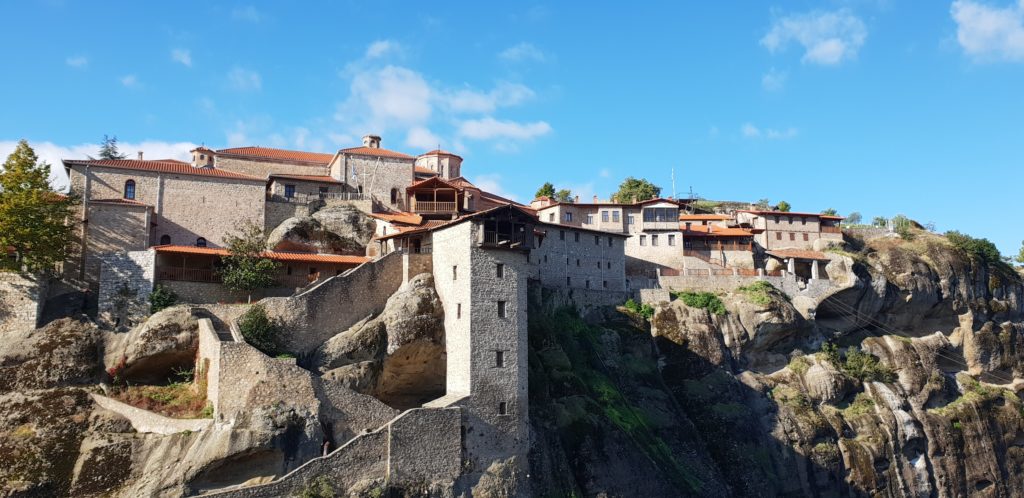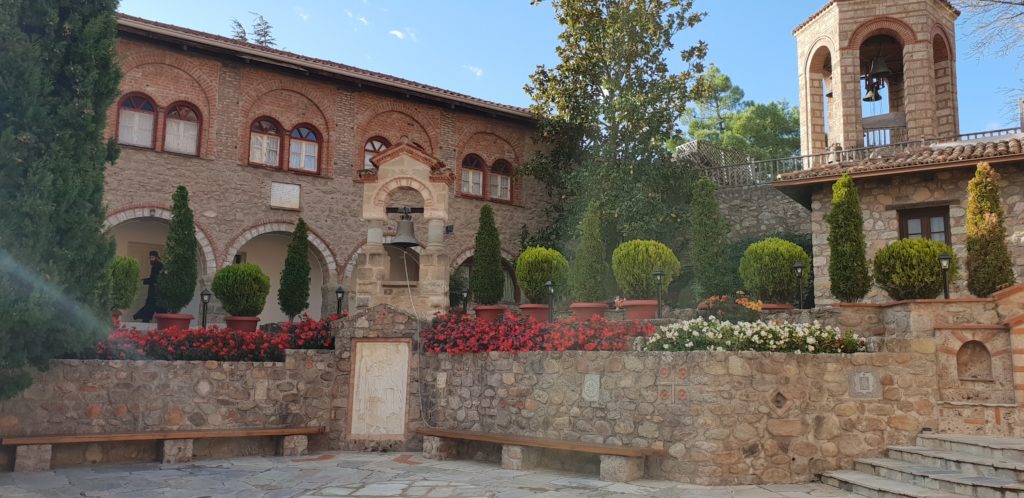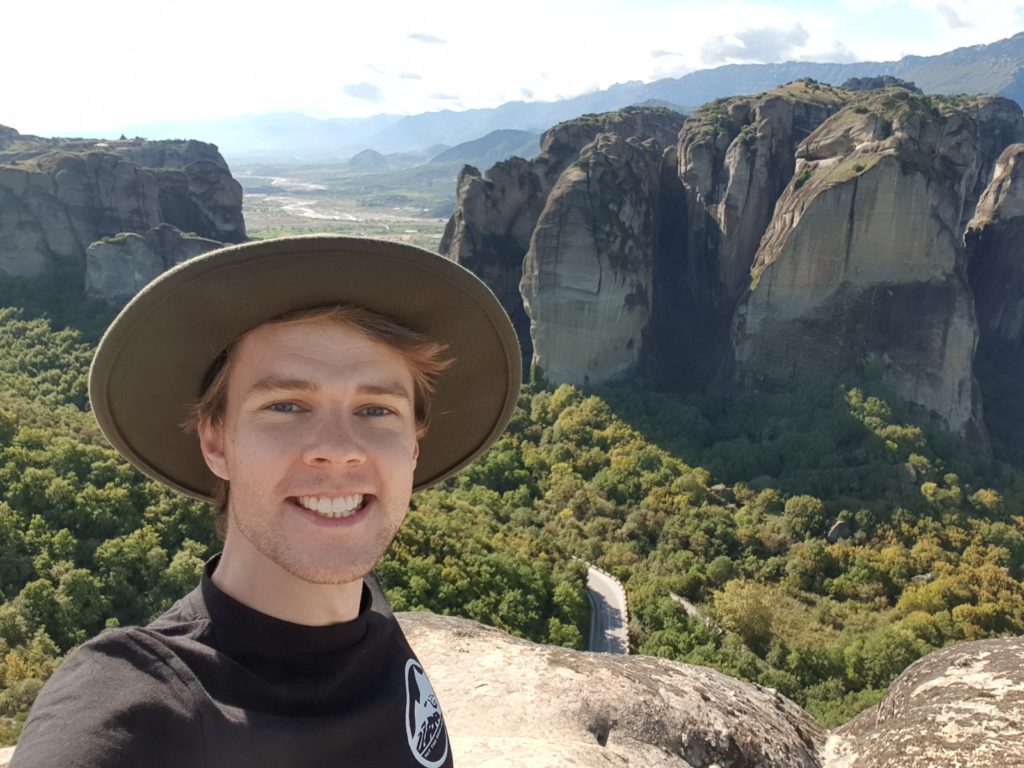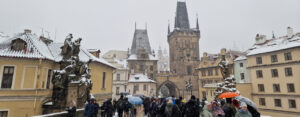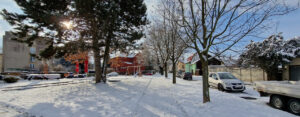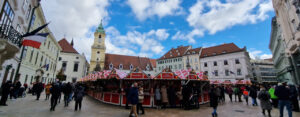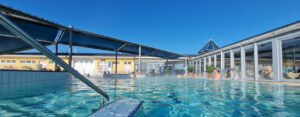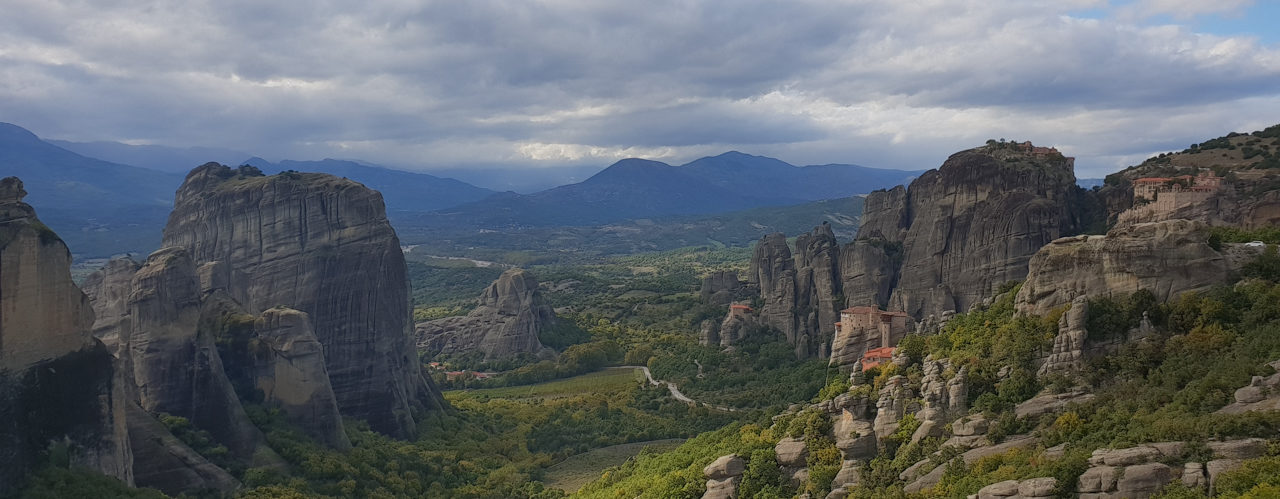
Go Big or Go Homer
Cloud-piercing mountains, bottomless gorges, and ancient monasteries are not usually three things that spring to mind when thinking of Greek sightseeing. However, I was reliably informed that the northern reaches of this once great land are awash with exactly these kinds of sights; sights that the average inebriated Mediterranean island-hopper would struggle to believe belonged to the same country as Faliraki’s Bar Street. To discover if these mystical places existed, I completed the six-hour journey from the southern Peloponnese Peninsula to the northerly hamlet of Vikos, which lies right at the very heart of Greece’s fourth-largest National Park.
For my brief time in the Vikos–Aoös N.P. I would be lodging in an elderly lady’s ramshackle loft along with her very polite family and very impolite dog and was greeted by my hosts with a shot of traditional Greek tsipouro – as well as a look of relief that suggested they hadn’t seen many tourists this year. And whilst I was able to catch a brief glimpse of the park before sundown, it was only at dawn the following day that I realised the great splendour of my extraordinary surroundings.
Vikos Gorge, the deepest canyon in the world relative to its width, could easily be considered as miraculous a setting as a Yosemite or a Barry Island, but it exists in relative obscurity. The first I had ever heard of it was when watching a Simon Reeve documentary a couple of weeks before my arrival in which claimed it to be “one of the most dramatic sights in Europe”, old Simon wasn’t wrong. My temporary abode backed directly on to the limestone cliffs and after a hearty breakfast of omelette and ouzo, I went in search of some ‘extraordinary springs’. I took my rainwear, and bear spray, and headed down into the gorge.
As I reached the canyon floor, and with the weather closing in, I sought shelter in the only building for miles around: an eerie abandoned monastery. The concealed three-roomed structure, in which I had to crawl on my stomach to get in, was filled from ground to ceiling with all manner of religious artefacts, sacred candles, and abandoned Mythos bottles from previous hiding hikers. Flashbacks to The Revenant immediately formed in my mind, as I was essentially trapped awaiting the arrival of an opportune brown bear with a penchant for stringy Welshmen. I had to make a move.
A cerulean-tinted spring, just a short walk away from my make-do shelter, was the prize for my efforts that day. Crystal clear water with an azure hue that stretched downstream as far as the eye could see felt more akin to the stunning rivers of Central America than of frigid Northern Greece. Despite my wonderment, I couldn’t relish my surroundings for long, as the ever-increasing rain forced my hurried and extremely slippery return to the ridge. I managed to escape the valley just before the dark heavens opened and washed away any hope of survivors behind – abandoned to the bears.
The following morn I bid a fond farewell to my gracious hostess and returned the road, this time towards the centre of the country and a place called Meteora. The village that greeted me, a couple of hours later, was dwarfed by a truly bizarre rock formation that early eastern orthodox followers decided to build great monasteries atop. Twenty-four of them existed at their peak (no pun intended), all precariously perched on immense natural pillars that dominate the landscape for miles around. If the miniature monastery in the gorge at Vikos was built to go unnoticed by the authorities of the day, the ones at Meteora were constructed in such precipitous locations that they were almost impossible to raid and shut down.
Nowadays, only six remain, although it is possible to hike up to their great gates and step a foot or two inside. I opted to do exactly that at the largest of the remaining six: Grand Meteoron. Although only three monks stay in residence there, the main church (or Katholikon) is still in full use today and I was rather taken aback by its vivid and intricately painted interior. You’ll have to take my word for it, though, as indoor photography wasn’t allowed and the vigilant bouncer didn’t take either of his eyes from my ocular device, not even for a second.
Having spent the day hiking in the foothills of monasteries and feeding the local felines with spinach pies, I decided to return to the hostel and discuss travel options with some of my fellow bunkmates. One woman from The Netherlands told me of her life-changing hike to the top of Mount Olympus, a trek I had mulled over for weeks. She showed me impressive pictures from the peak taken just two days prior, basking in beautiful clear skies and warm weather with unobstructed views of the surrounding mountains. That was enough to convince me. After all, how difficult could it possibly be?
J
